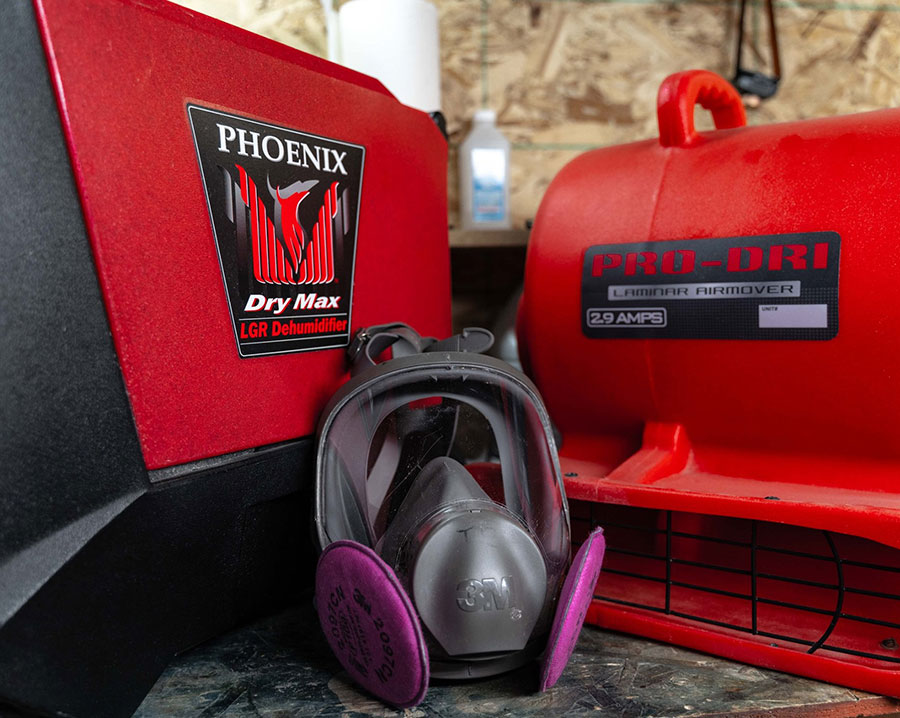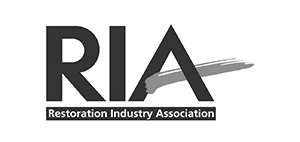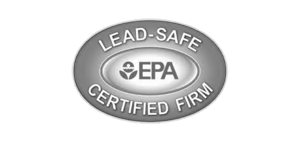Have you ever wondered how water-damaged properties are efficiently restored without extensive demolition? Applied structural drying is the key. This innovative restoration process involves the removal of excessive moisture from both structural and non-structural building materials, preventing further damage and minimizing repair costs. But what exactly is applied structural drying, and how does it work? Let’s delve into the details to uncover the secrets behind this transformative restoration process.
Key Takeaways:
- Applied structural drying is an efficient and effective restoration process for water-damaged properties.
- It involves the removal of excessive moisture from both structural and non-structural building materials.
- By understanding the principles and phases of applied structural drying, professionals can successfully mitigate and restore water-damaged properties.
- This process helps prevent extensive demolition, minimize repair costs, and reduce downtime for clients.
- Applied structural drying offers benefits such as faster recovery, reduced business interruption, and material cost savings.
Understanding Applied Structural Drying
Applied structural drying plays a vital role in water damage restoration and property preservation. By implementing this process, professionals can prevent further damage, minimize repair costs, and reduce downtime for clients. The importance of applied structural drying cannot be overstated, as it allows for efficient restoration and ensures the preservation of property integrity.
The primary goal of water damage restoration is to remove excess moisture and prevent secondary damage, such as mold growth and structural deterioration. Applied structural drying achieves this by effectively and efficiently drying building materials, both structural and non-structural.
One of the major benefits of applied structural drying is its efficiency in the restoration process. By accelerating the drying process and reducing overall drying time, professionals can expedite the recovery of water-damaged properties. This not only minimizes downtime for clients but also prevents business interruption.
Additionally, applied structural drying helps to preserve the integrity of the property by minimizing the need for extensive demolition. By focusing on targeted areas and utilizing specialized equipment, restoration professionals can effectively dry specific materials and avoid unnecessary repair costs.
Overall, the understanding and implementation of applied structural drying techniques are essential in providing efficient and timely solutions for water-damaged properties. By harnessing the benefits of applied structural drying, restoration professionals can deliver effective restoration services, saving time and ensuring the successful recovery of water-damaged properties.
What is Applied Structural Drying?
Applied structural drying is the process of efficiently and effectively removing excessive moisture from various building materials, both structural and non-structural. This technique aims to dry these materials without the need for extensive demolition, preserving the structural integrity of buildings. By utilizing specialized equipment, such as dehumidifiers, and maintaining optimal temperature levels, professionals can extract moisture, promote air movement, and facilitate the drying process.
In the pursuit of restoring water-damaged properties, applied structural drying plays a vital role. It involves the extraction of moisture from building materials, preventing further damage and minimizing repair costs. By implementing this moisture removal process, restoration professionals can effectively restore water-damaged properties and ensure the longevity of the affected structures.
Through the careful implementation of applied structural drying techniques, professionals can efficiently restore water-damaged properties without compromising the integrity of the building materials. By understanding the definition of applied structural drying and its importance in the restoration industry, individuals can confidently address water damage and preserve the value of affected properties.
The Four Phases of Applied Structural Drying
The four phases of applied structural drying are essential for efficiently and effectively restoring water-damaged properties. Each phase plays a crucial role in the overall drying process, promoting optimal conditions for moisture removal and preventing further damage.
Water Extraction: The first phase involves the removal of excess water from the affected area. This process increases the overall efficiency of the drying process by minimizing moisture levels. Restoration professionals utilize water extraction equipment to extract standing water, creating an optimal environment for drying and preventing additional damage.
Air Movement: The second phase focuses on proper air circulation and evaporation. Adequate airflow is crucial for effective drying, as it prevents water from saturating surfaces and inhibiting the drying process. Restoration professionals utilize air movers and fans to promote evaporation and accelerate the drying of building materials.
Dehumidification: Dehumidification is the third phase of applied structural drying. This phase involves the use of dehumidifiers to remove moisture from the air and building materials. Even if surfaces appear dry, moisture can still be trapped inside, leading to potential mold growth or damage. By using dehumidifiers, restoration professionals can ensure that the relative humidity is controlled, preventing further issues and promoting thorough drying.
Temperature Control: Temperature control is an important aspect of applied structural drying. Maintaining a consistent temperature within the optimal range (typically 75 to 90 degrees Fahrenheit) helps accelerate the evaporation process and enhances drying efficiency. It is crucial to find the right balance, as both excessively cool or hot temperatures can hinder the effectiveness of the drying equipment. By carefully controlling the temperature, restoration professionals can maximize drying efforts and ensure successful restoration.
Comparing Aggressive and Disruptive Drying Methods
When it comes to water damage restoration, two commonly used methods for drying structures are aggressive drying and disruptive drying. These methods serve distinct purposes and are employed based on the specific circumstances of the water damage situation.
Aggressive drying is typically utilized in smaller water damage situations where the water category is clean and there is no risk of contamination or additional building materials that could change the water category. This method involves drying the structure in place by using equipment to increase the evaporation rate through elevated temperature and airflow. Although it can reduce repair costs and minimize downtime for clients, aggressive drying may require more expensive equipment and longer dry times to achieve efficient drying.
On the other hand, disruptive drying is a commonly used method in the restoration industry. It is employed in situations where the water category is contaminated or when there is extensive damage. Disruptive drying involves removing building materials that cannot be effectively dried in a timely manner, such as baseboards, insulation, or damaged items. By removing these materials, restoration professionals ensure thorough drying of hidden structural materials, leading to a successful restoration. However, it is important to note that disruptive drying may result in higher repair costs and longer downtime for clients.
To determine the most suitable drying method, restoration professionals assess the extent of water damage, the water category, and other pertinent factors. By carefully considering the advantages and disadvantages of aggressive drying and disruptive drying, professionals can choose the method that will achieve the most efficient and thorough drying for water-damaged structures.
Conclusion
Applied structural drying is an essential process in the field of water damage restoration. By comprehending the principles and phases of applied structural drying, professionals can restore water-damaged properties efficiently and effectively. The removal of excessive moisture not only prevents further damage but also minimizes repair costs and reduces downtime for clients.
Whether utilizing aggressive or disruptive drying methods, restoration professionals strive to provide efficient and thorough restoration services. Their ultimate goal is to ensure the preservation of structural integrity and the quick recovery of affected properties. By employing specialized equipment and following industry best practices, these professionals are able to implement an efficient restoration process.
Water damage restoration requires a comprehensive understanding of applied structural drying techniques. By mastering this process, professionals can successfully address water-damaged properties and promote the preservation of buildings. With the expertise and knowledge in applied structural drying, restoration professionals are well-equipped to restore water-damaged properties and provide quality services to their clients.




















